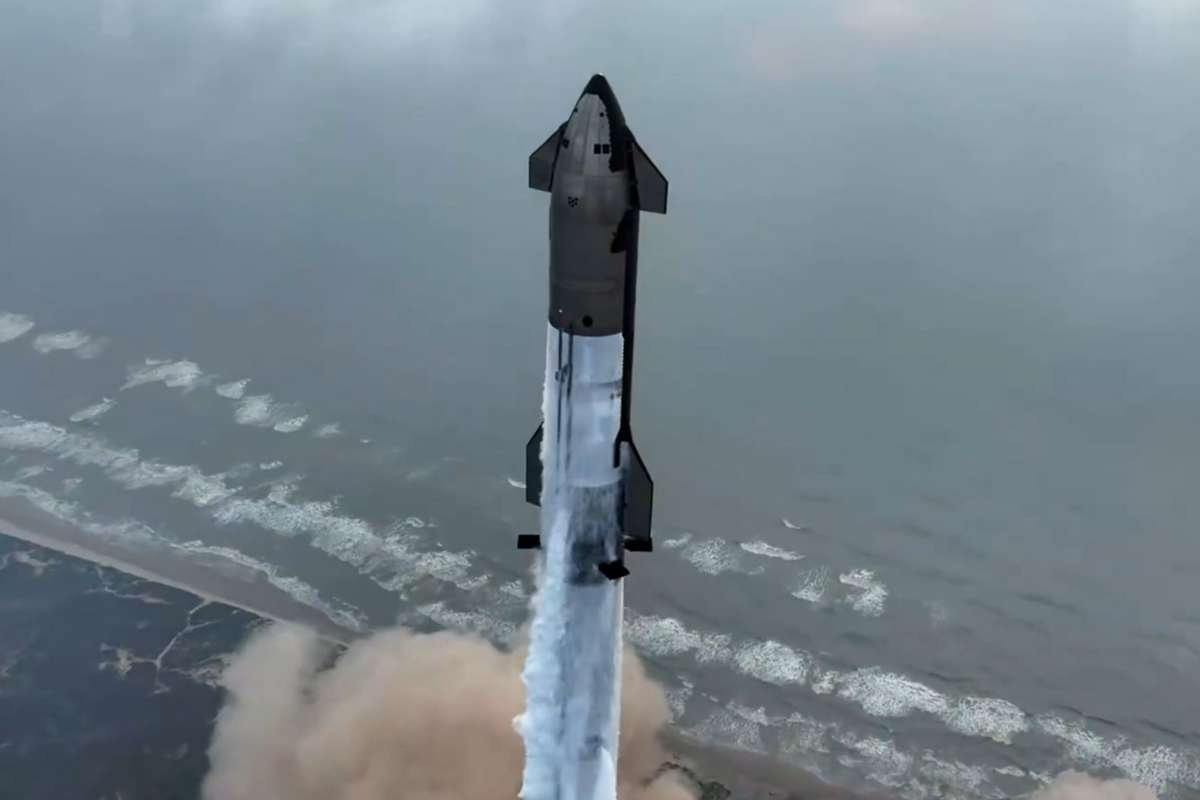The Launch and Initial Success
On January 16, 2025, SpaceX conducted the seventh test flight of its SpaceX Starship mega-rocket, marking a blend of triumph and setback. The launch occurred from SpaceX’s Boca Chica facility in Texas at 5:37 p.m. EST, showcasing the immense power of 33 methane-burning Raptor engines, which collectively generated up to 16 million pounds of thrust. As the Super Heavy booster climbed and arced over the Gulf Coast, it successfully detached and returned to its launch pad, a feat achieved by re-igniting its engines and landing between specially designed mechanical arms known as “chopsticks.”
The booster’s return was a key milestone in SpaceX’s quest for reusability, aiming to reduce launch costs and improve operational efficiency. However, the focus soon shifted to the upper stage Starship, which embarked on its ascent powered by six Raptor engines.
Starship’s Anomaly and Aftermath
Despite the initial success, the SpaceX Starship faced a critical failure. Eight minutes and 27 seconds into the flight, telemetry signals from the Starship ceased, indicating an anomaly. SpaceX confirmed the spacecraft’s destruction, referring to the incident as a “rapid unscheduled disassembly.” Elon Musk later suggested a possible cause: an oxygen/fuel leak that led to pressure buildup and a subsequent fire.
The fallout from the failed launch was immediate, with debris falling over the Caribbean, near the Turks and Caicos Islands. This unexpected incident prompted the Federal Aviation Administration (FAA) to temporarily halt airline traffic at Miami International and Fort Lauderdale-Hollywood International airports, delaying flights by up to an hour. The FAA is currently assessing the situation, ensuring safety protocols are reinforced to prevent future mishaps.
Implications and Future Prospects
The failure of the SpaceX Starship’s upper stage raised questions about the reliability and safety of the company’s ambitious plans. Despite this setback, the company emphasized the value of lessons learned, focusing on improving the spacecraft’s design and performance. Key upgrades tested during this flight included enhanced propulsion systems, increased propellant capacity, and advanced heat shield technology.
The test flight also aimed to evaluate a new satellite deployment system designed to launch thousands of Starlink satellites, crucial for SpaceX’s future missions. Moreover, the company continues to develop its capabilities for deep space exploration, including plans to support NASA’s Artemis moon program. A variant of the Starship is slated to land astronauts on the lunar surface by 2027, a mission contingent on the success of these test flights.
While the latest test flight failed, SpaceX Starship remains committed to refining its technology. The company’s goal is to achieve full reusability for the Super Heavy Starship system, paving the way for more ambitious endeavors, such as manned missions to Mars. As SpaceX iterates and improves, each test provides critical insights, bringing the company closer to its vision of revolutionizing space travel.










